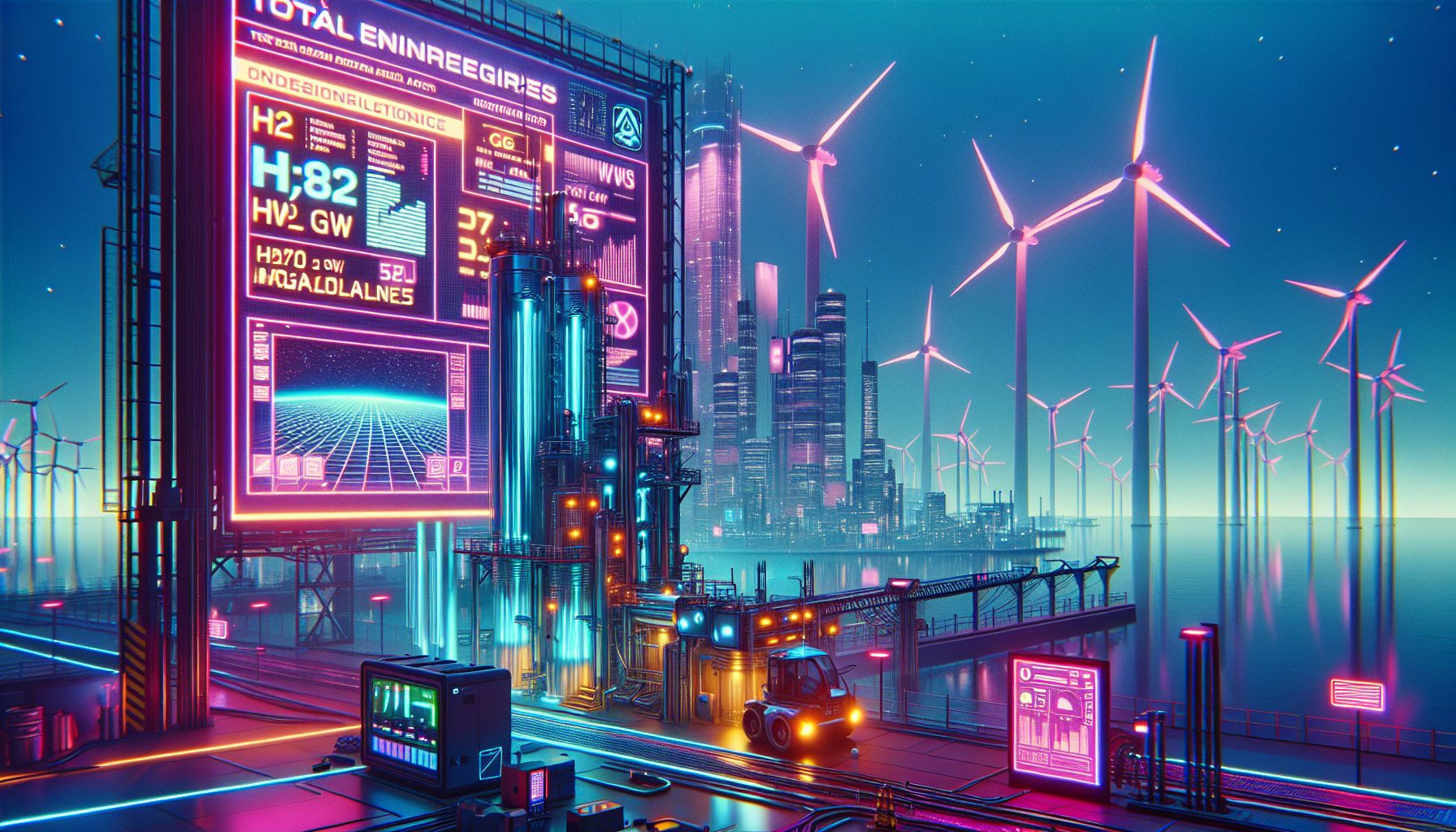TotalEnergies Launches $16 Billion Hydrogen Project in Chile

Magallanes Region, Monday, 5 May 2025.
Revolutionising Chile’s energy scene, TotalEnergies unveils H2 Magallanes: a $16 billion wind-powered hydrogen and ammonia endeavour. With a 5 GW wind farm, it promises clean energy and job creation.
TotalEnergies Green Initiative
TotalEnergies has taken a significant step forward in sustainable energy with their H2 Magallanes project. This $16 billion investment is set to transform Chile’s Magallanes Region, leveraging a vast 5 GW wind farm to produce green hydrogen and ammonia. Imagine a facility sprawling over 72,000 hectares, with 4,000 hectares dedicated to essential infrastructure like aerogenerators and electrolysis plants [1][2].
Ambitious Infrastructure Plans
The project isn’t just huge in scale; it’s a marvel of modern engineering. Picture this: 616 wind turbines peppering the windswept landscapes, seven electrolysis centres churning out hydrogen, and an ammonia plant capable of producing up to 10,800 tonnes a day. What keeps it all running, you ask? A desalination plant with an impressive capacity of 1,300 litres per second ensures there’s plenty of water for the process [3][4].
Export Capabilities
Exporting all that ammonia requires some serious logistics. Enter the maritime terminal, complete with docks and platforms designed to handle hazardous materials. With a storage capacity of 480,000 cubic meters divided between processing and port areas, it’s safe to say exporting will be a breeze [3][4][5].
Alignment with National Goals
H2 Magallanes aligns perfectly with Chile’s National Green Hydrogen Strategy from 2020. By capitalising on Magallanes’ windy climate, TotalEnergies aims to position Chile as a global powerhouse in producing zero-emission fuels. Not only does the project promise to reduce carbon emissions, but it also aims to enrich Chile’s energy landscape well into the future, stretching over 25 years [2][4][5].
Job and Economic Opportunities
On the economic front, this project spells opportunity with a capital ‘O.’ As construction kicks into gear, up to 10,000 jobs are projected. The operation phase will continue this trend, securing 1,000 jobs. For a region like Magallanes, this could reshape the local economy and set an example for how big industries can blend with local communities [3][5].